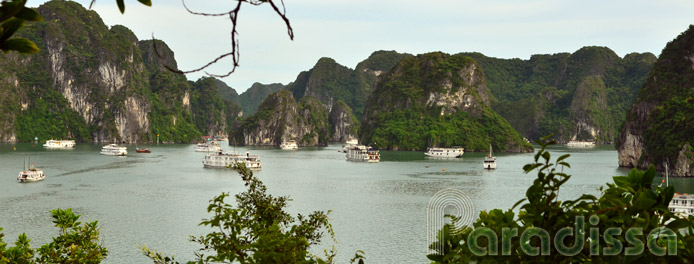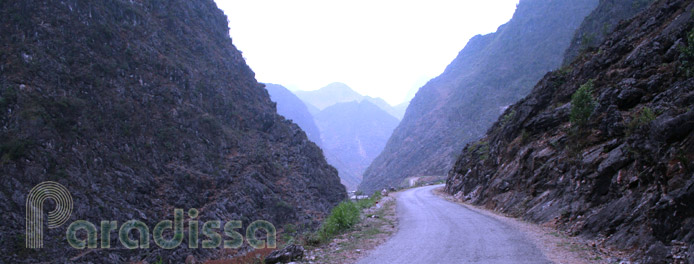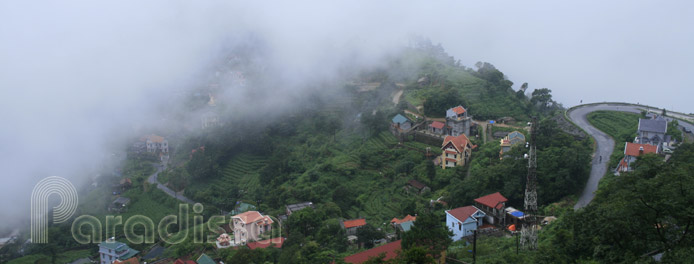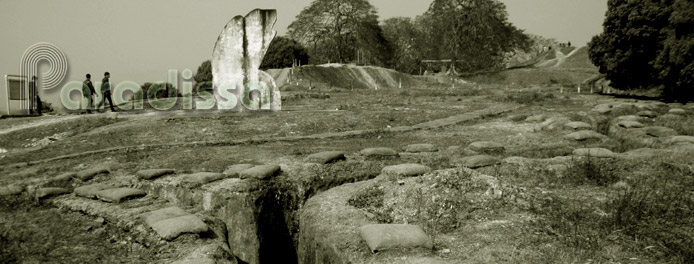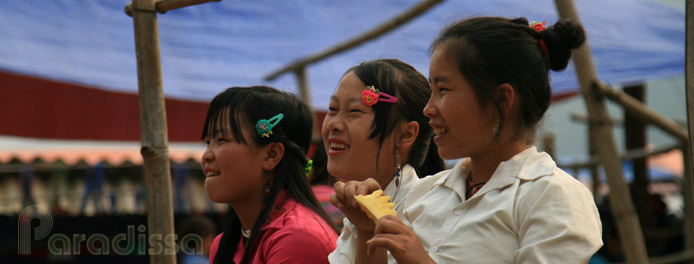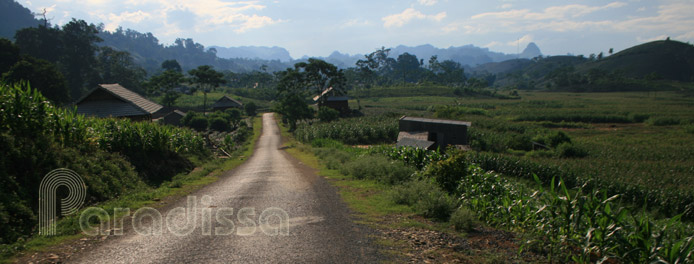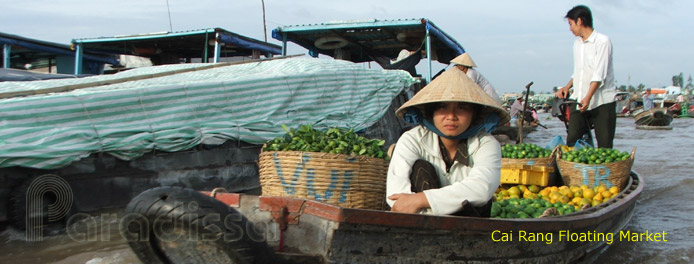1/ Before the French's arrival in Vietnam (1858)
Before the French's arrival in Vietnam, there's used to be a feudal system in the kingdom. That time the economy based largely on agriculture. Commerce was small in the economy. The agricultural land that time was either owned by the king, by the royal family, or by the mandarins. The peasants worked on the mandarin's land or the royal land and had to pay a big share and taxes to the king and/or the mandarins.
2/ Under the French rule and Japanese rule (1858-1883, 1883-1954)
Under the French rule and Japanese rule, the farmers paid taxes to the colonial regime. Forced labors and payroll farming workers started in the coffee, rubber and tea plantations in the Centrals Highlands and the Mekong Delta.
3/ During the Vietnam War (or War against the US, the Second Indochina War) (1954-1975)
In the War, Vietnam was divided into 02 states. In North Vietnam the economy was centrally-governed and in South Vietnam it was market economy.
3.1 North Vietnam or Democratic Republic of Vietnam
In North Vietnam, all properties were owned either by the state or by economic co-operatives. No private property or ownership was allowed.
3.2 South Vietnam or South Vietnam Republic
In South Vietnam, all was controlled by the market economy. Entrepreneurship was dominant.
4/ After the Second Indochina War (1976-1985)
After 1975, the country was reunified under the Communist Party and in 1976 - 1985, the Vietnamese Economy was communist, centrally planned and governed. Private ownership was not legal. Private businesses were crushed.
5/ Doi Moi (1986-1992)
From 1986 - 1992, the country started with Doi Moi or renovation by the Communist Party. Entrepreneurship was encouraged in a timid way. Private businesses and private ownership were accepted in reality, but not legitimately recognized.
6/ First Period of Open Market Economy (1992-1998), Normalization and Diplomatic Relationship with the US, ASEAN membership (28-July-1995), Asian Financial Crisis (1997)
From 1992, a new constitution was passed legitimizing private ownership and private businesses. The economy started getting better.
From 1995, the economy gained enough momentum combined with the US's lifting of the economic sanction from after the war.
In 1997 - 1998, the economy suffered from the Asian Financial Crisis.
7/ Second Period of Open Market Economy (1999-2007), World Trade Organization Membership (7-November-2006)
From 1999, the economy started booming again. The stock market was started. VNindex shows the daily movements of Ho Chi Minh City's stock exchange (HOSE). Hanoi Stock Exchange, re-organized from Hanoi Securities Trading Center, was founded in 2009. The daily movements of HNX is shown by HNX Index.
In 2007, the first time the stock market surpassed the 1000 points. From the second half of 2006 through 2007, the economy of Vietnam grew with high inflation.
8/ Global Economic Crisis (2008) and Post Crisis (2008-2013)
In 2008-2009, along with the global financial crisis, the economy of Vietnam suffered, the stock market tumbled to below 400 points.
In 2009-2010, the economy of Vietnam suffered from sluggish growth. There's a certain level of difficulties in the financial system, currency devaluation and exchange regime instabilities. The stock markets were mostly in the bear.
In 2011-2012, the economy suffered from sluggish growth and soaring inflation. The real estate market froze. Banks benefited from high interests rates, but bank loans tended to be bad debts. Corporate bankruptcies were historically high. The stock market kept falling in 2011 and showed signs of recovering in 2012. Vietnamese Dong depreciated much further versus the US Dollars.
First half of 2013, inflation was contained. Bank lending rates were gradually brought to below 10%. Toxic debts were a big problem to the banking system and the economy. Corporate bankruptcy was prevalent. The real estate market was still frozen and on the the brink of systemic collapses. The exchange regime became temporarily stable. The stock markets remained unstable, but showed sizable recoveries.
In 2022, Vietnam GDP was 406.45 Billion US Dollars (as per IMF) with annual growth of 8.02%; the CPI was 3.15%, Core CPI was 2.59% YoY. At the height, VNINDEX reached over 1,528 points (6-January-2022) with over a billion dollar (23,000 billion VND) trading value per day. The biggest traded value was 47,000 billion VND. Then VNINDEX dropped to 871 with 4-5,000 Billion VND traded per day. Several stocks lost over 70% of market value.



















